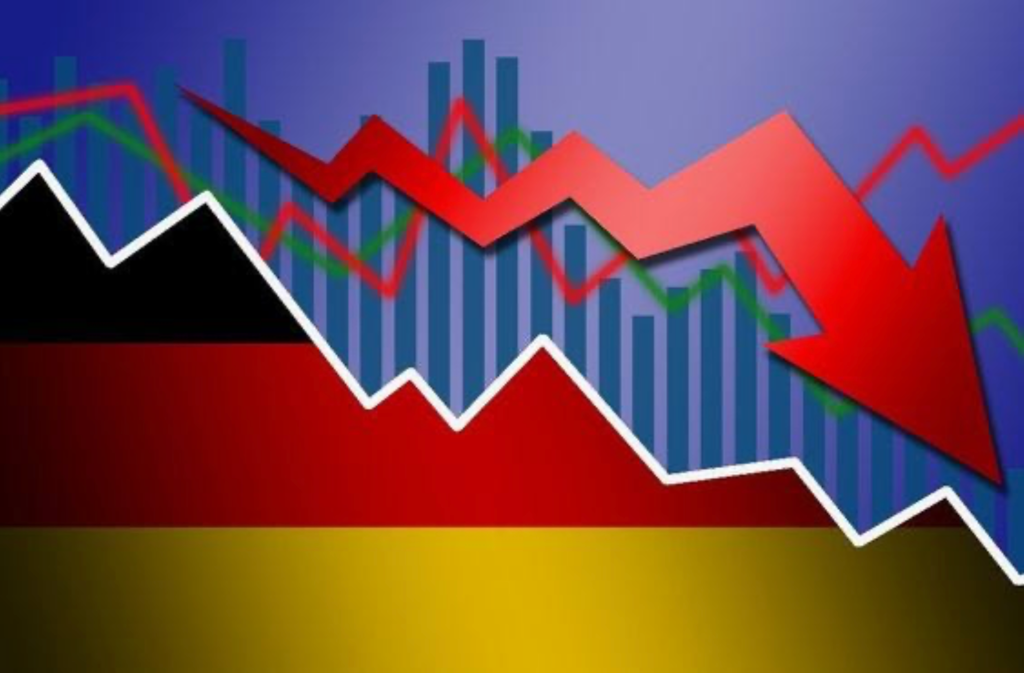Image source
With Europe facing an energy crisis, grid politics is increasingly defining its political landscape. In this energy-defined age, one project, the Celtic Interconnector, moves to redefine Europe’s power grid by directly connecting Ireland to its neighbor, France. This historic move will further create the potential for greater renewable energy development in Ireland and help to stabilize the European Grid.
By Rose Joyce
Within the past year, Russia attacked Ukraine’s power grid in the Russo-Ukrainian war, marking a form of infrastructure warfare that increasingly defines the world’s geopolitical landscape. For example, in 2022, the Nord Stream gas leaks were deemed a result of sabotage, likely by Russia. Further, in 2021, Chinese hackers attacked India’s power grid, and in 2013, U.S. citizen Jason Woodring committed a series of domestic terrorist attacks on the Arkansas power grid. This warfare’s origin finds its roots in energy transportation’s difficulties and how electricity shapes our societal interactions–our capacity to grocery shop, warm houses in the winter and our ability to produce. Given this, electric grid politics has evolved with countries wielding energy as a political tool.
But grid politics isn’t solely based on destruction; greater political power is found in its defense and interconnectedness between countries. The greatest case study of this soft power exercise is in the Continental Europe Synchronous Area. Europe is primarily connected under the largest synchronous electricity grid in the world, the CESA. The grid comprises 24 countries, linking its members with common economic interests and promoting European political stability. Even though most countries on the grid are in the European Union, the common national security goal of protecting energy that comes with electric interconnectedness makes joining the system also appealing to non-European Union countries.
With these national security goals in mind, membership to CESA is slowly growing. Most recently, the grid made global headlines concerning emergency synchronization with Ukraine. Yet Ukraine’s synchronization to CESA isn’t the only current major energy infrastructure change in Europe. Another country, Ireland, is also being synchronized and will consequently restructure Europe’s grid politics. While Ireland had previously been isolated from CESA, it is now on track to connect itself to the continental grid by way of the Celtic Interconnector. The Celtic interconnector has been labeled a Project of Common Interest by the EU, as it is a key cross-border infrastructure project that will help the EU better achieve its current climate goals.
In December 2019, EU leaders and the European Council agreed that by 2050, the EU should reach a net-zero emissions balance. Yet in 2020, Ireland missed its binding commitment to cut emissions by 20%, and in the Climate Change Performance Index, Ireland consistently remains behind in its climate goals, with its carbon emissions actually rising. The country’s difficulty in meeting EU climate goals lies in both bureaucracy and the political impacts of cutting emissions. For example, this past year, Ireland committed to cutting 25% in agricultural greenhouse gas emissions by 2030, enraging farmers who felt the policy was an attack on the rural economy. While it may be reasonable to cut agricultural emissions–which are responsible for 37% of GHG emissions in Ireland while making up 1 percent of Ireland’s national income, the country must find balance between climate goals and protecting a historical and cultural part of its economy. Given the political tensions around climate retrofitting, focusing on electricity to reduce emissions gives greater leeway for industries to adapt to climate goals and meet EU standards.
Since 2011, the Irish electricity grid operator, EirGrid, and its French counterpart, Réseau de Transport d’Electricité, have led the project to create an electricity exchange between France and Ireland. The Celtic Interconnector is expected to be completed in 2026 and would link Ireland and France through a 700MW high-voltage submarine cable, running from Knockraha in Cork to La Martyre in Brittany and powering up to 450,000 homes. The project will cost an estimated €1.6 billion and is co-funded by EirGrid, RTE, and the EU. Overall, the investment will be split based on perceived benefits to each country; 65 % of the investment cost will be allocated to Ireland and 35 percent to France. Most recently, EirGrid and RTE signed contractual financial and technical agreements on the interconnector, whose construction is predicted to start in 2023.
The cable will move electricity between the two countries, create a more secure electricity supply, cut costs, promote EU energy goals and provide a direct telecommunications fiber optic link between Ireland and France. For Ireland, this project is expected to reduce energy costs for citizens while increasing renewable energy usage. Historically, Ireland has been overly dependent on importing energy. Yet with renewable wind energy development, Ireland will lower domestic costs while also becoming a great energy exporter. Combined with the Celtic interconnector, renewables will broaden Ireland’s energy market and cut costs through diversification. Ireland’s Environment Minister, Eamon Ryan, has explained that by 2027, 60 to 70 %of Ireland’s energy will be renewable. Consequently, when the grid is fully operational in 2027, a greater portion of its exported energy will be climate-friendly.

Source: Cornwall Insight Ireland
Thus, Ireland is hopeful that the cable will make it an energy superpower by promoting greater development of wind farms to help the country capitalize on its climate. David Stanton, East Cork Fine Gael Teachta Dála, explained he was hopeful that the project could make Cork the “Saudi Arabia of Europe in respect of energy and power.” While this isn’t the first time Ireland has been floated as the Saudi Arabia of wind power, the Celtic interconnector will bring that comparison closer to reality. Specifically, increased renewables would help further retrofit and stabilize Europe’s grid. Greater energy supply from Ireland, in light of the Russo-Ukrainian war, would further help Europe become more independent from Russian energy sources.

Source: Cornwall Insight Ireland
Further, the ongoing development of Irish renewables feeds into a broader political discussion over Brexit. Currently, all of Ireland’s energy supply lines run through Great Britain. Since Brexit, Ireland has become isolated from continental Europe – its energy runs through the United Kingdom through the EirGrid and Moyle interconnectors. There is another ongoing project to connect Ireland to the mainland by way of Wales. However, Wales is not in the EU, and this line would still run through U.K. territorial waters. Given this, an energy supply line directly connecting Ireland to a mainland EU country would break dependence on the UK for electricity security and create a common national security goal between Ireland and France.
Presently, Europe is facing an energy crisis, aggravated by the Russo-Ukrainian war. While moving into winter without Russian gas, European countries are making plans for periodic blackouts to save energy. Rising energy costs due to the restructuring of Europe’s energy grid are further agitated by energy problems in France. Although France used to be Europe’s greatest electricity supplier, extended outages at its nuclear power plants have inhibited its ability to supply greater continental Europe with energy.
France is home to 56 nuclear power plants and has an incredible renewable energy infrastructure, with 70 percent of its electricity sourced from nuclear. Yet in the past year, corrosion of pipes in plants has left 26 out of its 56 reactors offline, which, combined with strikes, has left the country’s energy supply on shaky footing. Energy issues in France further increased European gas prices as France turned into a greater importer of energy, and demand rose. Overall, the increased energy demand, inflamed by fallbacks in renewable production, like France’s nuclear energy problem or Europe’s wind industry having a bad year for production, has created an energy purgatory, where reduction of natural gas consumption and inadequate renewable infrastructure in a landscape that relies on said infrastructure, has resulted in rising prices.
In the future, diversification of Europe’s energy supply through Ireland would help alleviate energy dependence on one country, stabilizing the grid. The construction of the Celtic Interconnector would directly combat this problem and in the long run, keep countries in the EU and CESA connected to each other, further restructuring the political energy geography of Europe. This connection does not just give way to greater stability for Ireland but for France as well, and in a greater context, seeks to bolster the power of EU countries. □






Leave a comment